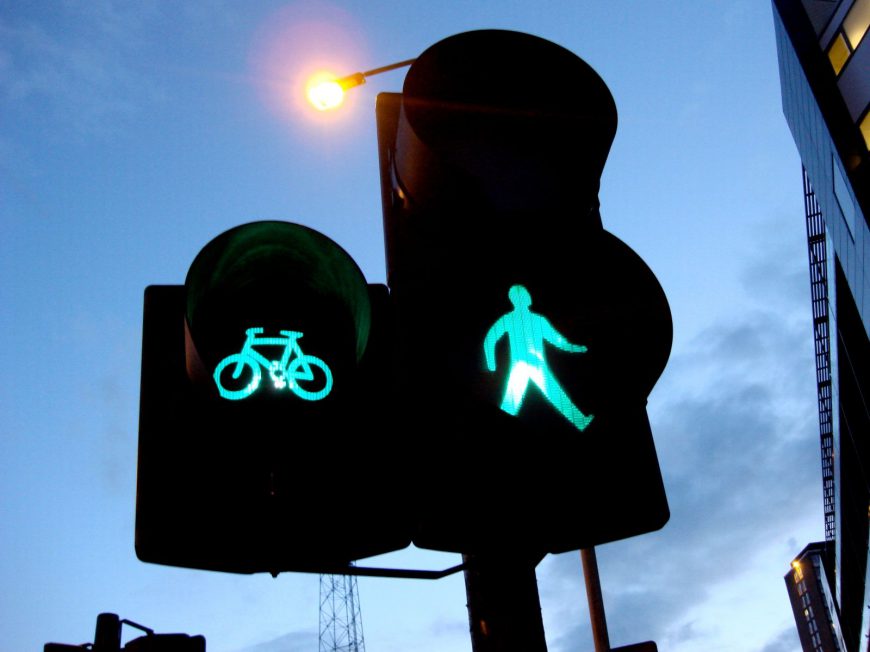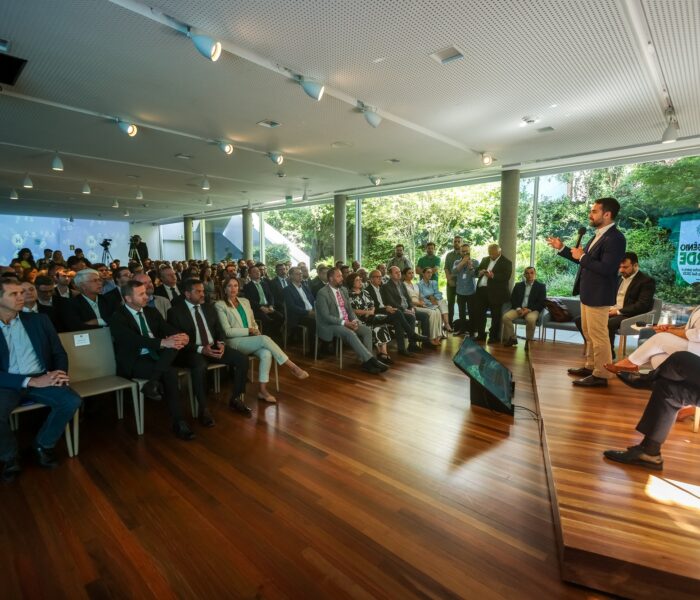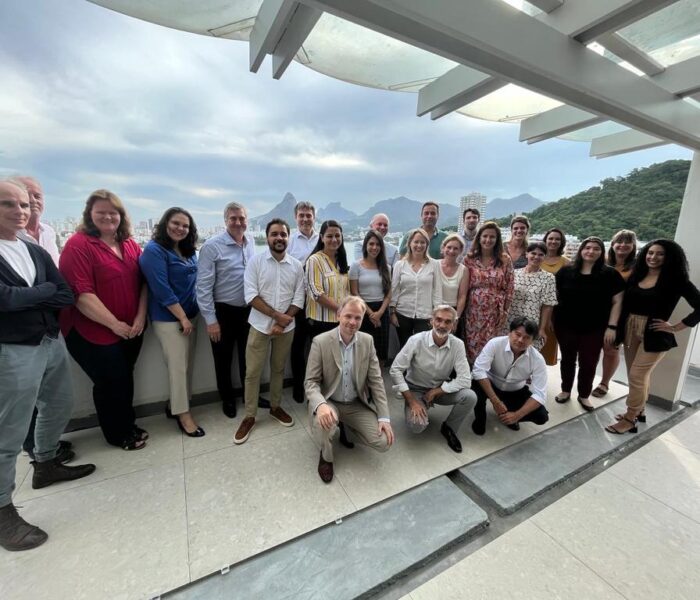Belo Horizonte has gone over a handful of urban improvements on the past decade. If one has been to the city in 2004 and after 10 years lands again in the city the landscape change would definitely be the first thing to draw attention. Starting by the airport: in 2004, anyone who would arrive in Belo Horizonte by air it would most likely be in the small Pampulha airport. After a decade of urban improvements, the main airport is now the Confins International Airport, 40 km away from the capital city, which is now easily reached by the Green line motorway also built in the past decade.
A long awaited Football World Cup hosting (and plenty of other international events) has undoubtedly enabled public and private investments resulting on the city’s urban development. Added to that is the demand for public transportation improvements greatly claimed by the population that has not only grown in the surrounding cities (many of these people still find their jobs in the capital city) but also has seen the federal government encourage car sales causing substantial urban traffic jams.
Under this circumstance, in 2013, local government and the city’s transit agency established the Mobility Plan. After about ten years of studies, the plan establishes an important guiding tool to the actions in public, individual and non-motorized transportation to meet the current and future mobility needs of the population of Belo Horizonte.
The Plan
Diagnosis 1: The route congestion makes 3,7% and the saturated lanes are in 4.4%. However, these routes have not had the same urban planning of the city centre. The pathways that feed the downtown area suffer not only with the congestion but also with the great availability of privately runned parking lots, which ends up inducing the car use.
Forecast: Limiting the car usage in the city centre on favour of the mass public transportation.
Diagnosis 2: The current employed and privileged system in the city is the bus through the trunk-feeding logic to which demands more transfers of passengers.
Forecast: For a more efficient system and less costly, there must be an adaption on the bus size, capacity and frequency to regions of less/more traffic. That is the case of densely populated areas that have smaller lanes and the regular mini-buses are already saturated.
Diagnosis 3: The city’s urban train system does not reach the central area with the required extent. It has one single line, outdated and heavily saturated.
Forecast: The expansion of the railway lines enabling it to become a proper subway system interconnected to the already established rapid bus transit system is a long awaited project. Improvements on the maintenance and comfort is also a real demand (bus shelters and clocks are already under bidding on the city hall website).
Diagnosis 4: On Bicycle mobility, Belo Horizonte has a long-standing deficiency on its urban logistic system. The limited bike paths/lanes and the ineffectiveness to pedestrian traffic, mostly in the central area, discourages and do not help the knowledge and cultural promotion on mobility to the population.
Forecast: Safety and comfort is an actual demand on public transport and the bicycle mobility is known to be the weaker part of the system. The discouragement of car and truck usage in the central area not only allows the traffic to flow better but also influences on the bicycle use as there will not be a “competition” on the lanes. Street lighting does also promote walking and short-distance bicycle usage bringing safety to both users.
The city has an official plan on Bike mobility and the improvements starts by the fact that there is only one enterprise offering rented bicycles on stations in Belo Horizonte and the forecast is that the already high demand on usage stimulates new biddings to increase the availability. The main target is to build new Bicycle paths/lanes on the coming years connecting them to the bus lanes and stations; enterprises are welcome as bike racks in schools, shops, public areas and theatres are great advertising spots.
2020 Forecast:
According to the plan, if adjustments and infrastructure do not happen the expected scenario will be of an increase in the volume of cars in the expense of public transport.
Conclusion
The Sustainable Urban Mobility Plans are trending topics on the major developing cities in Brazil and Belo Horizonte has it as one of its core plans for the coming years. Infrastructure on many areas related to mobility are demanded and we see opportunities on cycle paths interconnected to the bus and train stations (200km until 2016 is the target), cycle racks and smart solutions to boost the sustainable mobility culture. Biddings are already available in the City Hall website and the Netherlands Business Support Office is planning to host an event on Urban Mobility with the partnership of the local government. Dutch entrepreneurs interested on the theme are welcome to apply at info@nbso-brazil.com.br.
Source: Plan Mob 2013
[Update]
It has been confirmed by the local transport agency (BHTRANS) the new cycle paths project. The objective is to have built over 200km by 2016 and an official bidding is already available for the firs 10 km in the city. More information (in Portuguese) can be found in the Sustainable Transport and Air Quality website that follows:
Source: Jornal O Tempo










